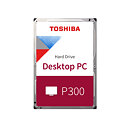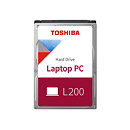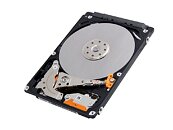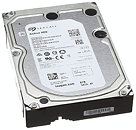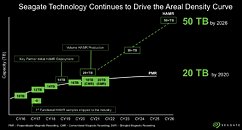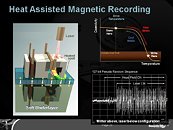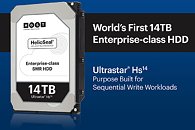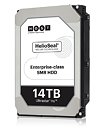
Western Digital Unveiled Go-Forward Strategy at Investor Day 2025
Western Digital (Nasdaq: WDC) held the company's Investor Day today, announcing a vision and strategy for the future as the planned separation of the company's Flash business nears its expected completion on February 21, 2025. CEO Designate Irving Tan reinforced Western Digital's leadership in delivering world-class, sustainable storage solutions at scale. With a deep legacy in HDD technology and innovation, Western Digital remains the trusted partner for the world's largest hyperscalers, CSPs and OEMs, delivering cutting-edge solutions at the right time with low total cost of ownership (TCO). From industry-leading ePMR CMR HDDs and UltraSMR technology, to HAMR and beyond, Western Digital continues to drive innovation across its portfolio, creating unmatched long-term value for its customers.
Tan shared Western Digital's projection on how the proliferation of AI will impact the HDD industry and the value of data stored. As companies generate and store more data, growing use cases such as text-to-image GenAI workloads, text-to-video applications and a rising demand for massive data lakes to fuel AI models are expected to increase HDD exabyte shipments at a 23% CAGR from 2024 to 2028. Western Digital remains steadfast in addressing the ever-growing data demands of the cloud and enterprise markets, delivering the scalability, TCO and sustainability needed to store the majority of the world's generated data, which is expected to grow 3x between 2023 and 2028.
Tan shared Western Digital's projection on how the proliferation of AI will impact the HDD industry and the value of data stored. As companies generate and store more data, growing use cases such as text-to-image GenAI workloads, text-to-video applications and a rising demand for massive data lakes to fuel AI models are expected to increase HDD exabyte shipments at a 23% CAGR from 2024 to 2028. Western Digital remains steadfast in addressing the ever-growing data demands of the cloud and enterprise markets, delivering the scalability, TCO and sustainability needed to store the majority of the world's generated data, which is expected to grow 3x between 2023 and 2028.





















